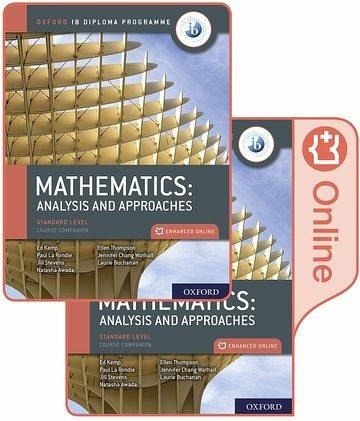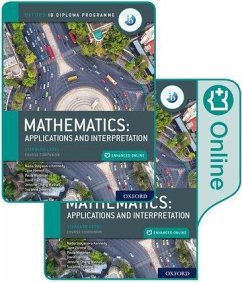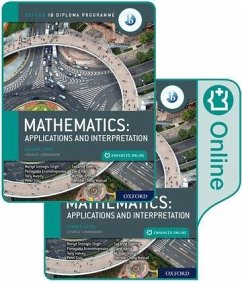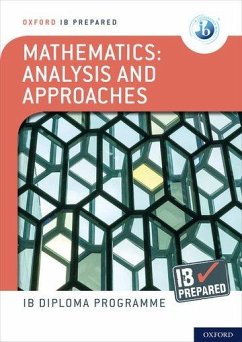
Oxford IB Diploma Programme: IB Mathematics: analysis and approaches
Versandkostenfrei!
Sofort lieferbar
70,99 €
inkl. MwSt.

PAYBACK Punkte
35 °P sammeln!
Featuring a wealth of digital content, this concept-based Print and Enhanced Online Course Book Pack has been developed in cooperation with the IB to provide the most comprehensive support for the new DP Mathematics: analysis and approaches SL syllabus, for first teaching in September 2019.












